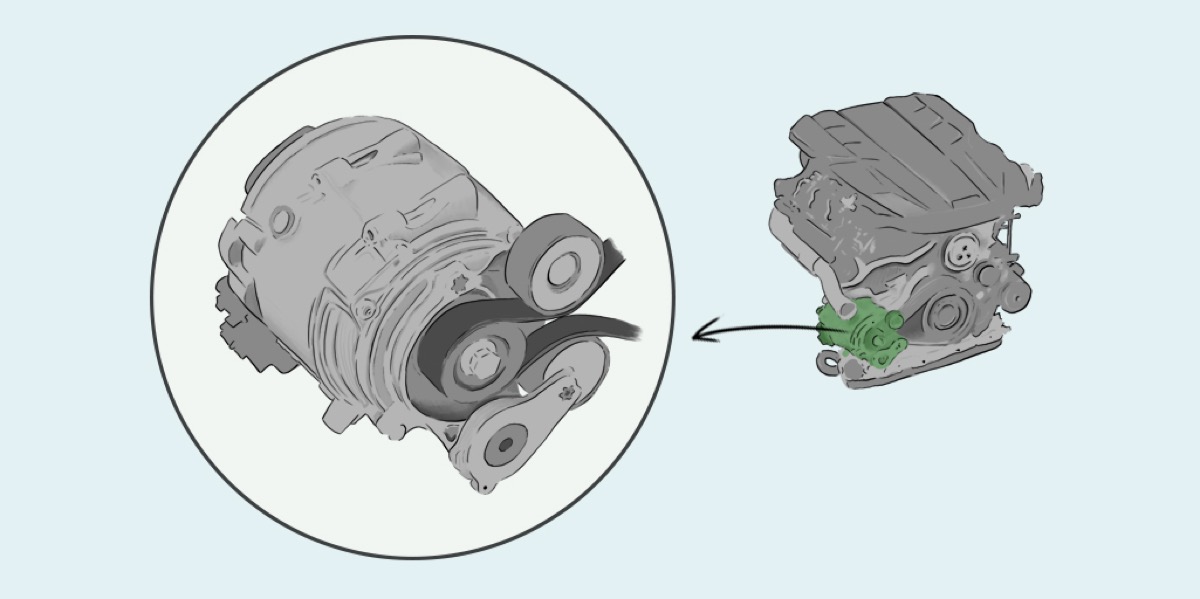Buying a car right now makes it necessary to know a great variety of specialized terminology, words that just a few years ago didn’t exist in motoring. Electric cars brought with them a whole new vocabulary.
It’s a good idea to catch up, at least with those now indispensable concepts. That way we won’t be surprised when a dealer asks us if we want a full hybrid car or a mild hybrid. A what hybrid?
Both concepts began to be heard a few years ago, but do you know what they really refer to?
As their names indicate, both are in the category of hybrid vehicles. That is, vehicles that have two motors: one internal combustion and the other electric.
The main difference between the full hybrid and mild hybrid is the way each motor functions.

Hybrid car main differences
. In the full hybrid (also known as the plug-in hybrid or a PHEV (Plug-in Hybrid Electric Vehicle) the electric motor functions autonomously, just as the combustion engine can.
. The mild hybrid or MHEV (Mild Hybrid Electric Vehicle), for its part, has a semi-hybrid system because the electric motor does not have sufficient power to move the vehicle on its own. Thus they are also called micro-hybrids, light hybrids or smooth hybrids. In these cars, the electric engine brings some extra power to the combustion engine. While doing this in certain situations, it also makes it possible to considerably lower the vehicle’s emissions.
Besides these two options there is an intermediary one: the electric hybrid or HEV (Hybrid Electric Vehicle). In these vehicles the electric motor is a little less powerful than in the full hybrid, although unlike the MHEVs, it is capable of moving the vehicle during a short period of time. It is also different from the PHEV in the way its electric battery is recharged: because it cannot be plugged in, it is recharged through regenerative braking.

What’s the best hybrid option?
The answer has to be: it depends. The selection of one technology over another should be based on how the driver is going to use the hybrid car. Also in the investment that he can or wants to make.
If most of the driving takes place in urban areas, the full hybrid car option may be the best over the long term. While this type of vehicle is more expensive initially, the cost could be compensated for over the years because recharging the electric motor, which is the one that will be used most, is much cheaper than feeding the combustion one.
The mild hybrid car option, on the other hand, will be more useful for drivers who tend to travel more on highways, where they will more often use the thermal motor. In this case, although this kind of vehicle is usually cheaper at first, the driver should consider the additional cost of filling up with fuel.
Do you now know what choice you’re going to make?